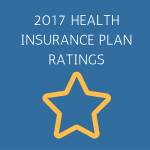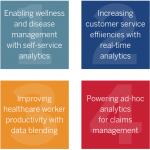
Health Plans Encourage Wearables; Few Integrate Data
While health plans encourage wearables, the assessment of the benefits of wearables has been the target of several recent studies. Researches are interested in discovering the “stickiness” of the devices and their effect on wellness program success. The studies note that the Inside employer and payer wellness programs as well as the independent user reflect positively.







